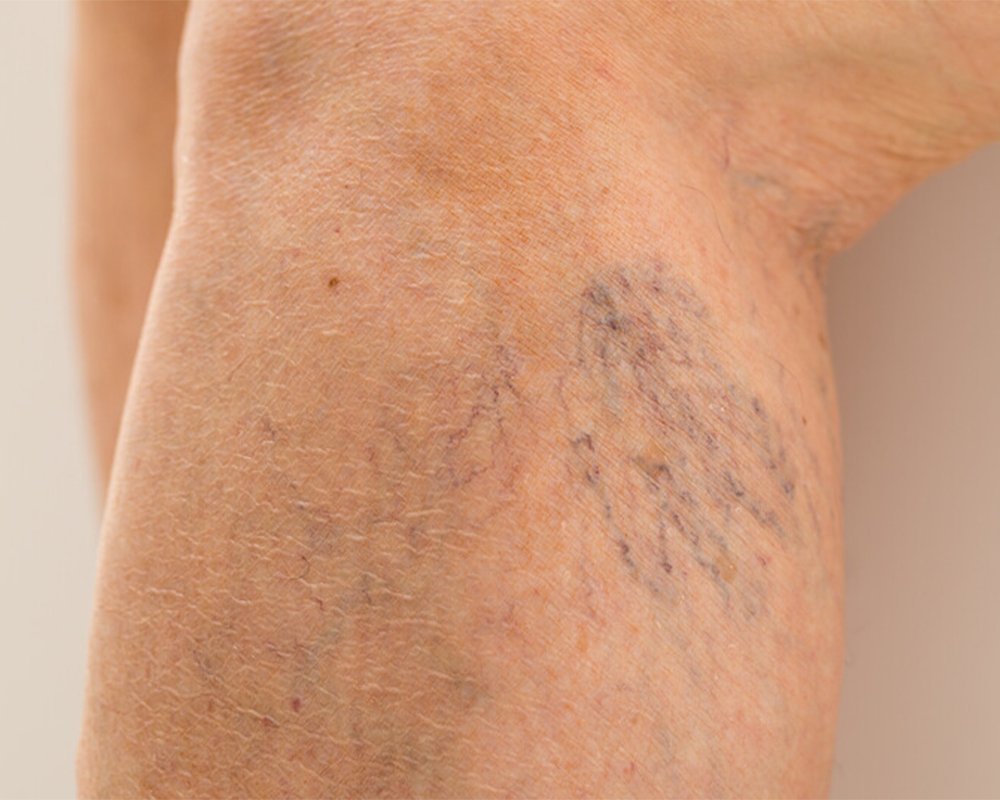Unveiling the Secrets to Spider Vein Recovery: What You Need to Know
Years of clinical experience treating a significant volume of spider veins have illuminated key factors influencing the recovery process, a subject that has received limited attention in existing medical literature. While the eradication of these delicate vascular blemishes is often the primary focus, the subsequent healing period appears to be significantly shaped by patient adherence to post-treatment protocols and the inherent characteristics of the veins themselves.
Anecdotal evidence strongly suggests a correlation between patient engagement in aftercare and treatment success. Those individuals who diligently follow instructions regarding post procedural skincare and consistently utilize compression stockings tend to exhibit more favorable outcomes, underscoring the critical role of patient compliance in the healing trajectory.
Furthermore, the anatomical complexity of the spider veins appears to be a significant determinant of recovery speed. Simple layered spider veins tend to resolve more quickly than those presenting in multiple layers.
In cases involving intricate spider vein networks, addressing underlying issues such as refluxing trunk veins, including the great saphenous vein or larger varicose veins, often becomes a prerequisite for successful treatment.
Spider veins situated superficially to these pressurized vessels typically necessitate more treatment sessions ( both medical and cosmetic) and a more protracted recovery period.
The pattern in which spider veins manifest also appears to play a role. Those presenting in a sunburst, or tree-like, configuration tend to heal more readily than those exhibiting multiple linear patterns. Intriguingly, even seemingly straightforward cases can sometimes defy expectations, with prolonged recovery times often revealing the presence of complex, unfilled vein channels that require large volume treatment before the superficial veins can fully resolve.
In conclusion, the treatment of spider veins is often a protracted endeavor, frequently requiring six to nine months or longer for complete recovery and necessitating multiple sessions.
The precise number of sessions required is largely dictated by the underlying venous anatomy and the consistent use of post-procedure compression stockings.
These observations highlight the multifaceted nature of spider vein treatment and the importance of considering both anatomical factors and patient engagement in managing expectations and optimizing outcomes.

